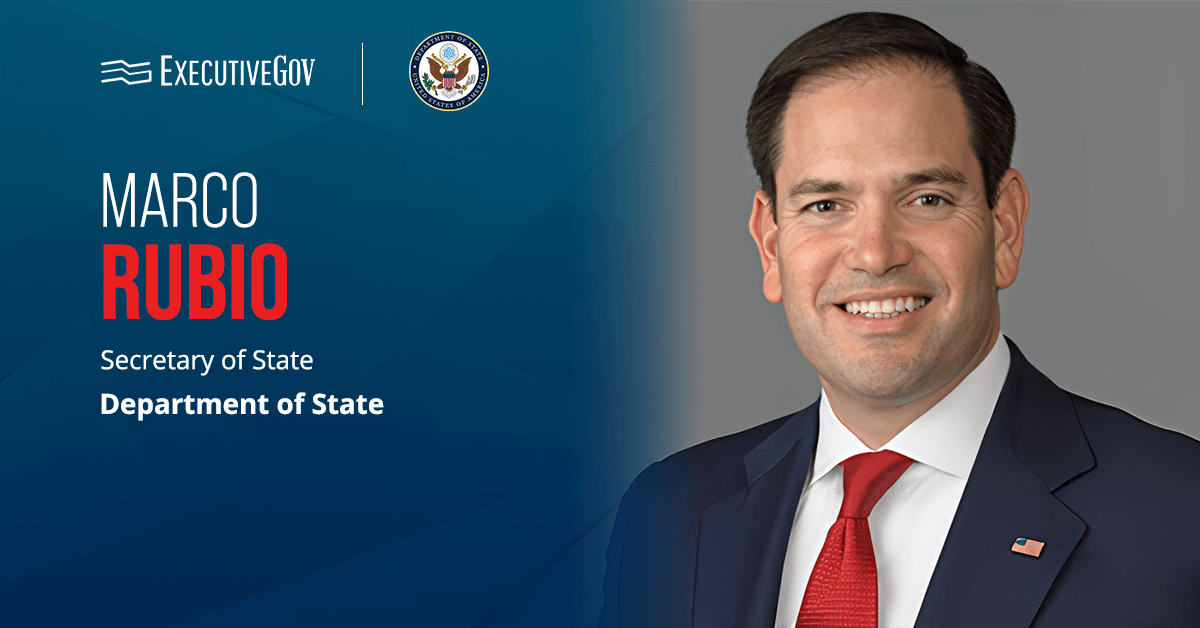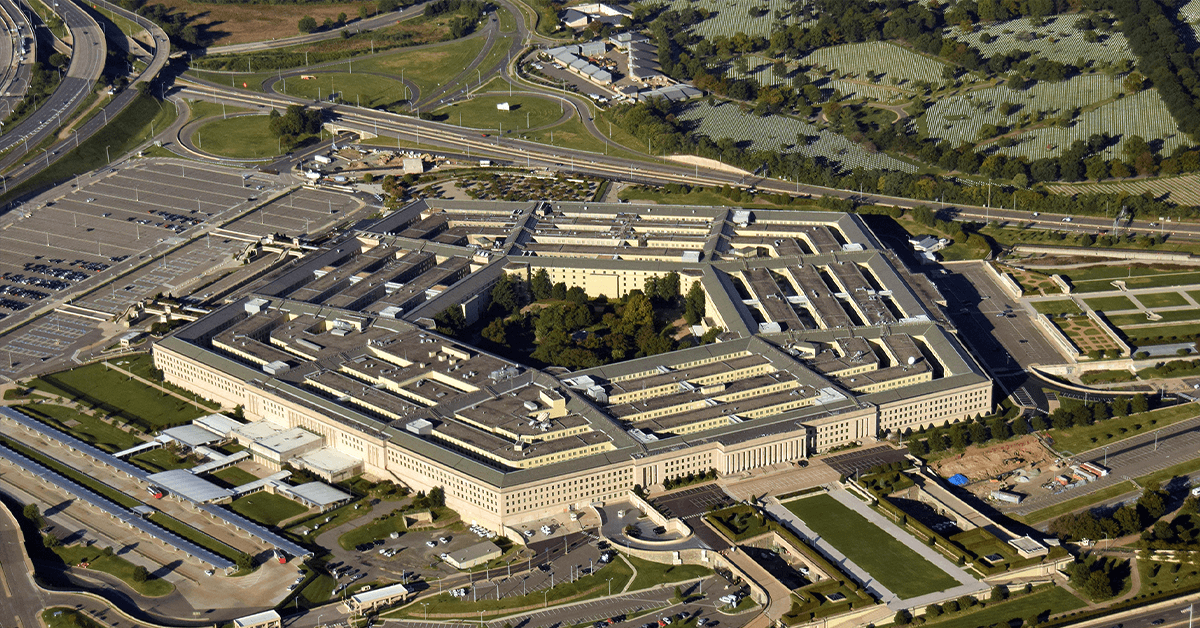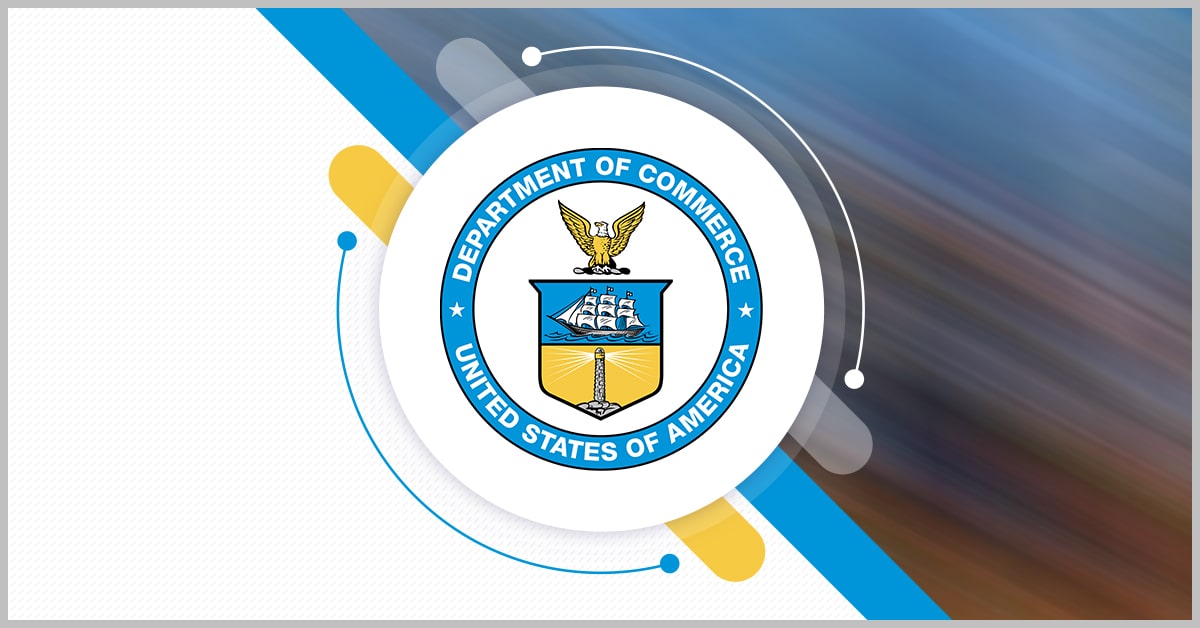The Senate on Monday voted 99-0 to confirm Sen. Marco Rubio, R-Fla., as the current administration’s secretary of state, Reuters reported.
Rubio’s confirmation came just hours after President Donald Trump was sworn in for his second presidential term.
The newly confirmed secretary of state is a long-term member of the Senate Intelligence and Foreign Relations Committees.
During his confirmation hearing, the Republican senator said the U.S. should make dramatic changes to avoid becoming more dependent on China and that ending the war in Ukraine would involve concessions from Russia and Kyiv.
Rubio, an advocate for Israel, also called for a robust foreign policy that would prioritize the core national interests of the U.S.













